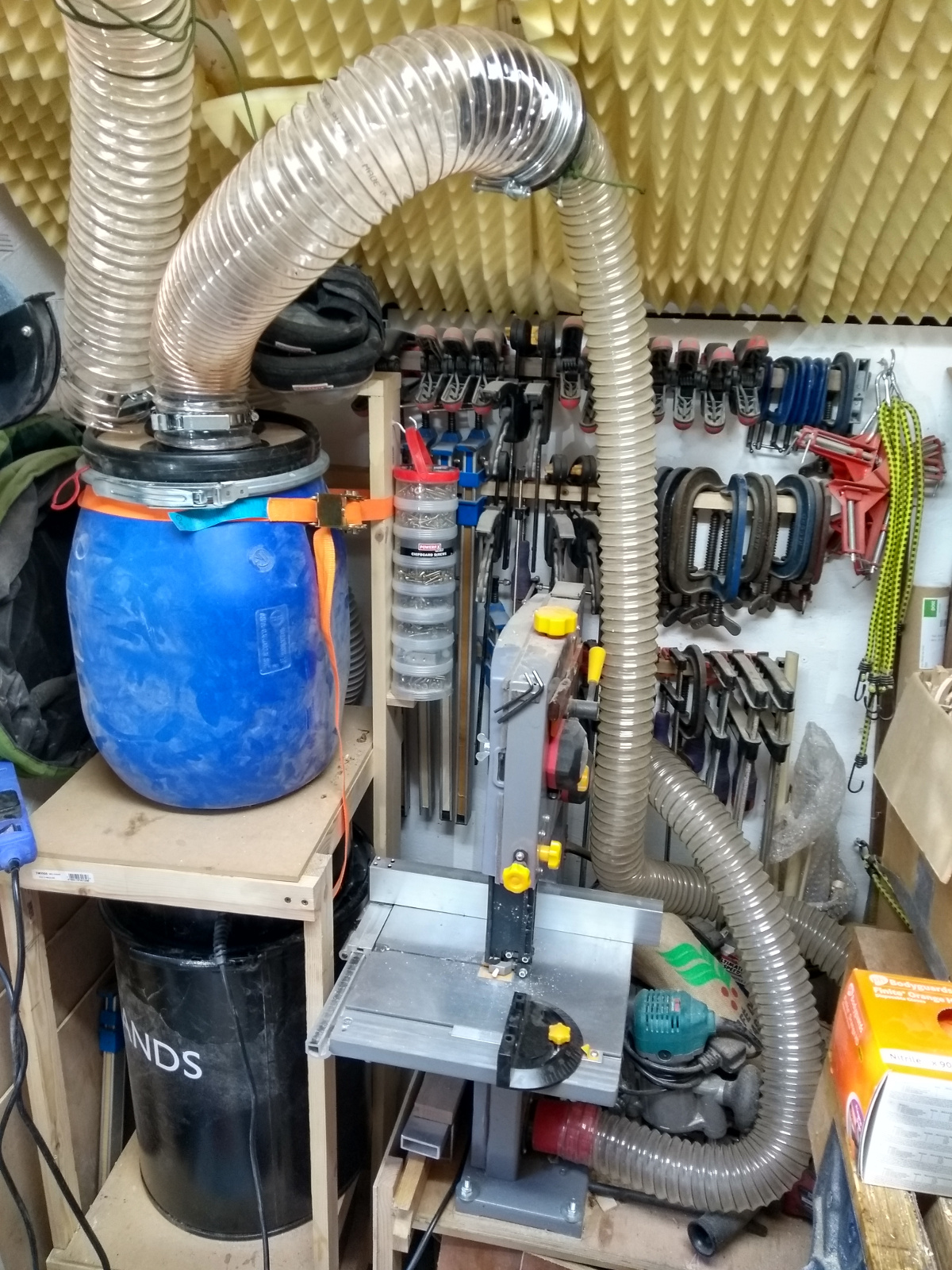Hi folks,
I bought a dewalt DW733 thicknesser a few months back that I have been using by moving it into the garden every time I need to use and it is getting tiresome and being weather dependent does not help either.
So I am considering moving it permanently to the garage. The problem is dust extraction, space in the garage is very limited, and therefore I need to find a small footprint extractor.
Are the drum type vacuums frequently advertised as the perfect machine such as CamVac enough for this job or do I really need to go into the realms of low-pressure high volume? And if so what would you recommend? I also plan to add a bandsaw in the near future and the extractor will need to cover both.
I bought a dewalt DW733 thicknesser a few months back that I have been using by moving it into the garden every time I need to use and it is getting tiresome and being weather dependent does not help either.
So I am considering moving it permanently to the garage. The problem is dust extraction, space in the garage is very limited, and therefore I need to find a small footprint extractor.
Are the drum type vacuums frequently advertised as the perfect machine such as CamVac enough for this job or do I really need to go into the realms of low-pressure high volume? And if so what would you recommend? I also plan to add a bandsaw in the near future and the extractor will need to cover both.














